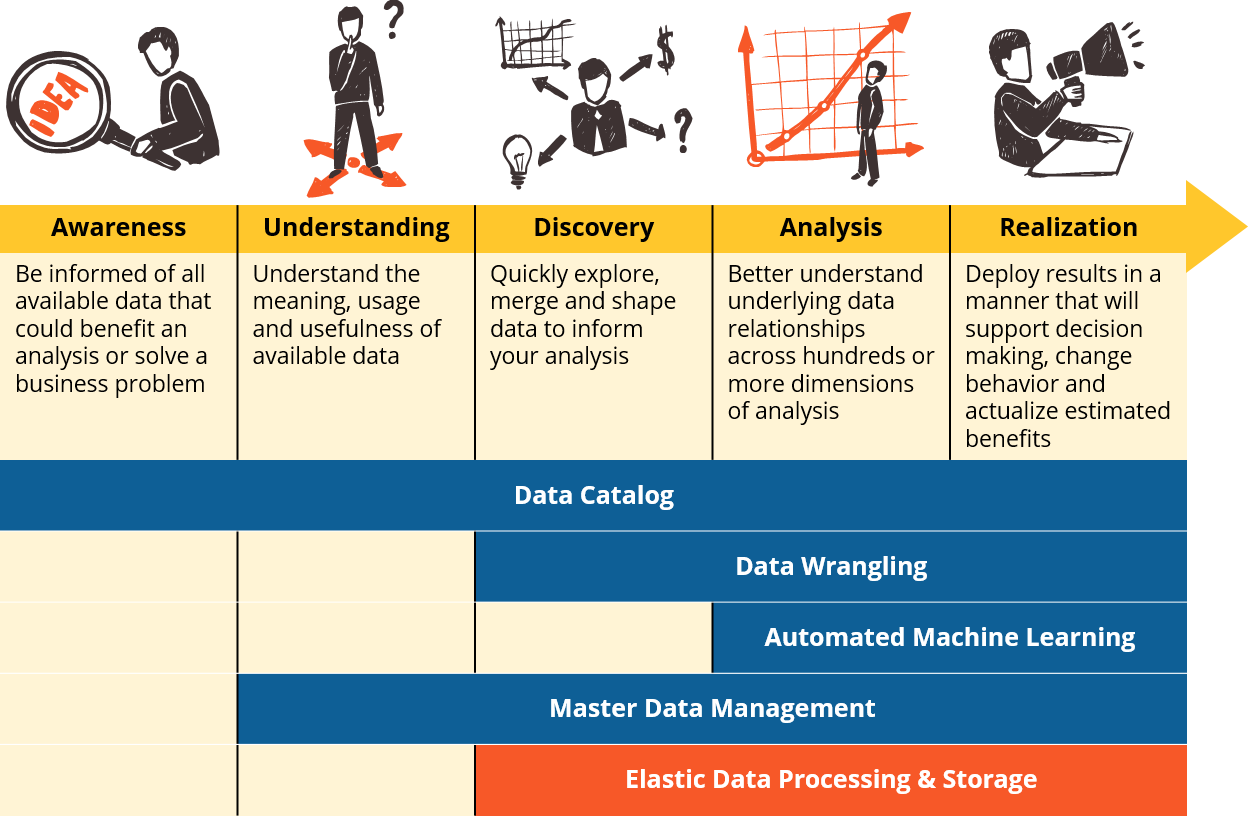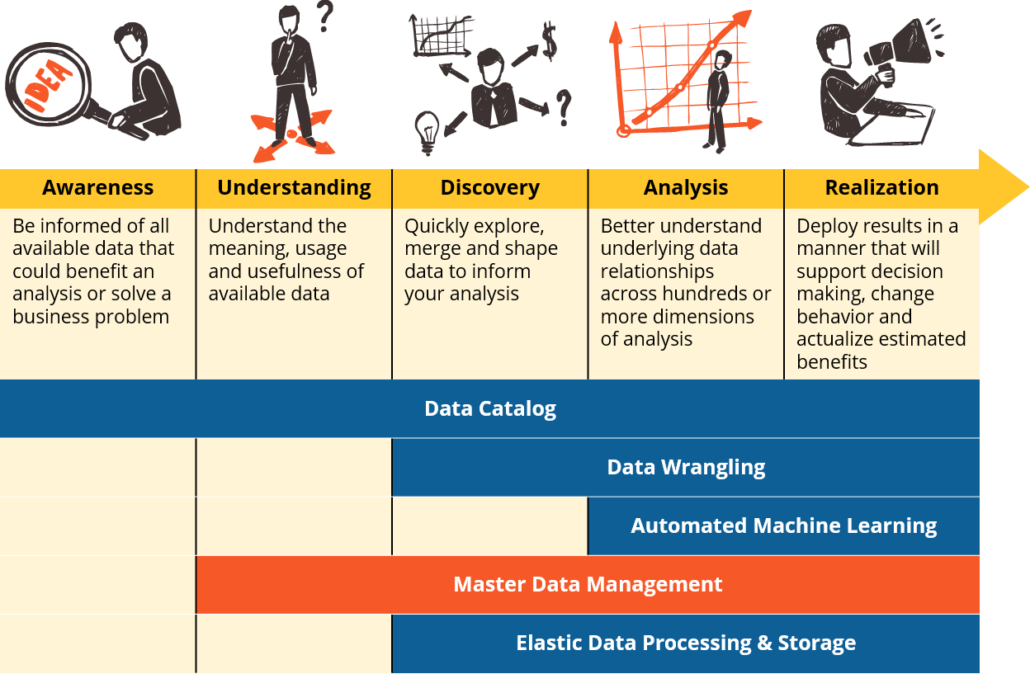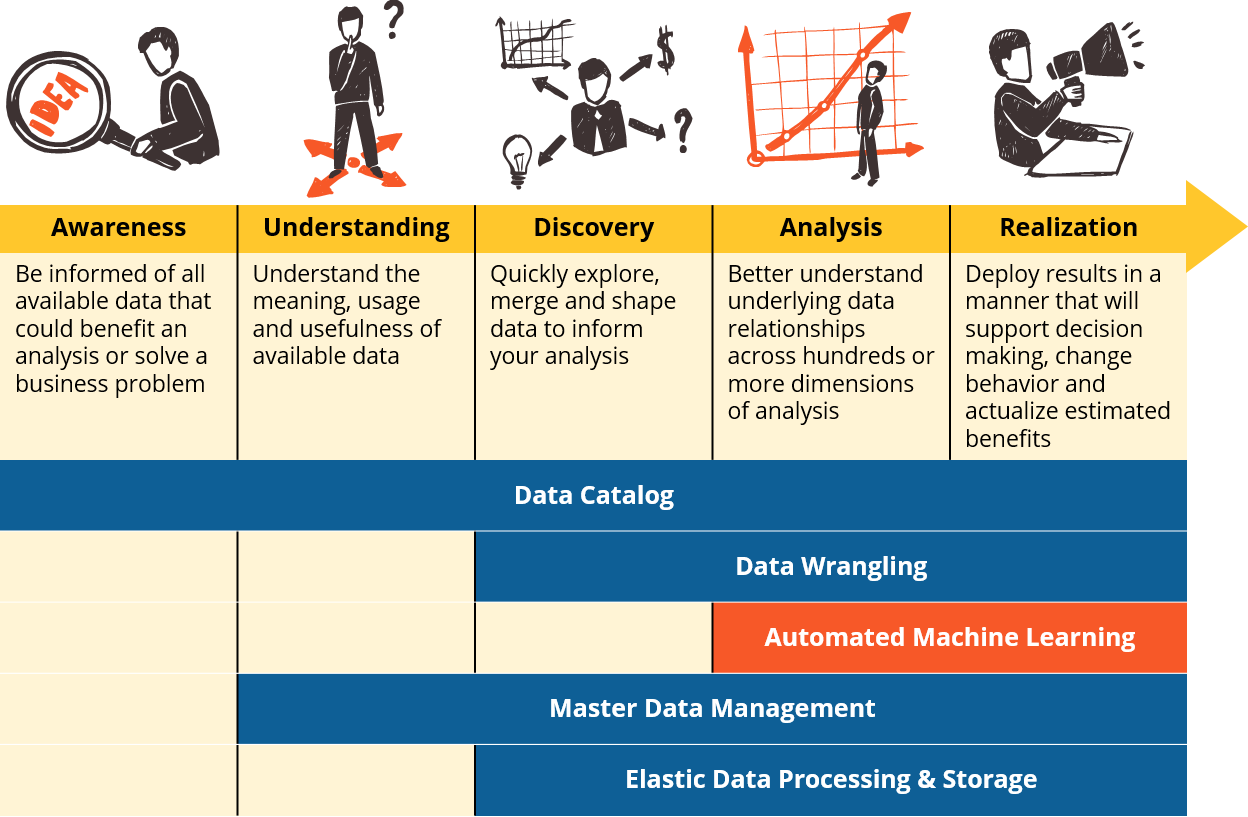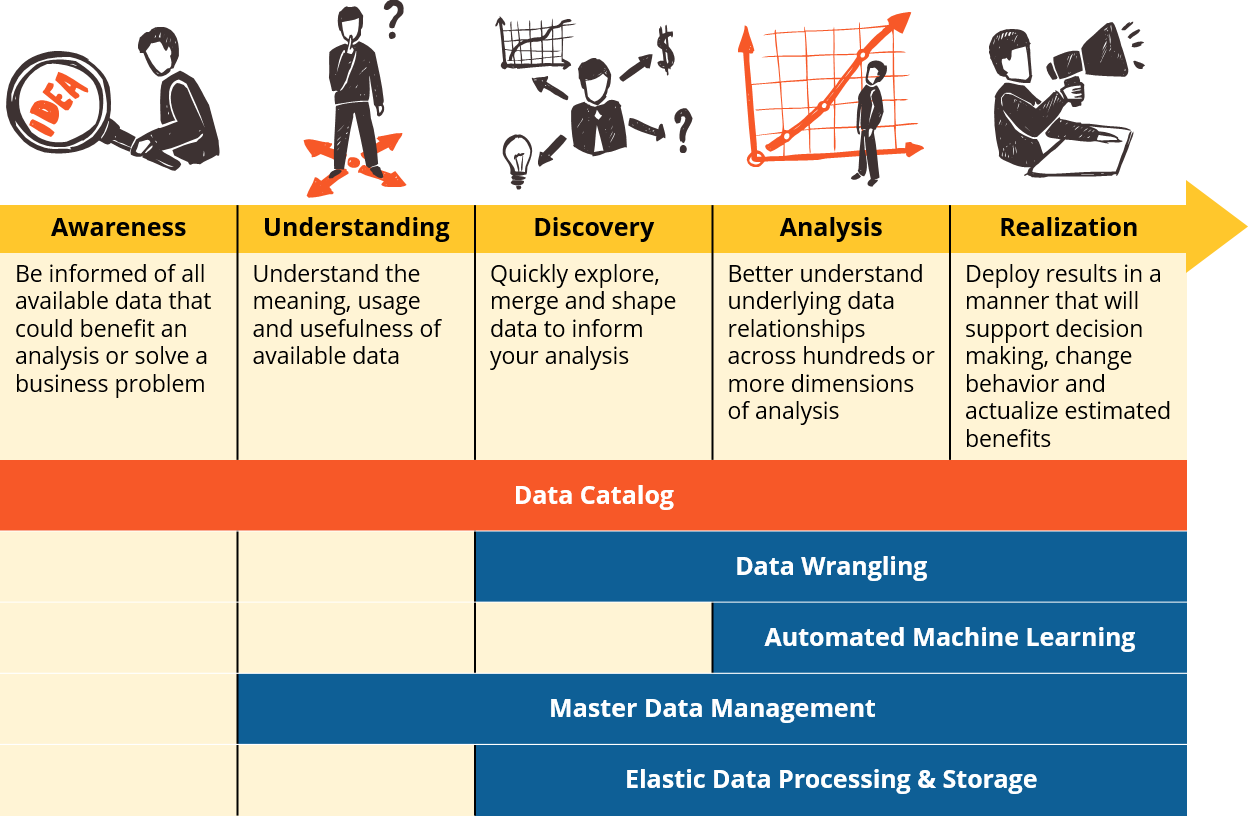Tag Archive for: Business Analytics
https://www.ironsidegroup.com/wp-content/uploads/2018/10/bigstock-146851961-1.jpg
350
750
Scott Misage
https://www.ironsidegroup.com/wp-content/uploads/2018/03/logo-with-words.png
Scott Misage2018-10-12 13:20:322019-01-22 12:43:54First Look: Top New Features of Cognos Analytics v11.1
https://www.ironsidegroup.com/wp-content/uploads/2018/06/bigstock-221104606.jpg
350
750
Ironside Group
https://www.ironsidegroup.com/wp-content/uploads/2018/03/logo-with-words.png
Ironside Group2018-06-08 09:05:092019-03-28 13:43:53Five Essential Capabilities: Elastic Data Processing & Storage
https://www.ironsidegroup.com/wp-content/uploads/2018/05/master-data-management.jpg
350
750
Ironside Group
https://www.ironsidegroup.com/wp-content/uploads/2018/03/logo-with-words.png
Ironside Group2018-06-07 07:55:242019-06-20 14:28:40Five Essential Capabilities: Master Data Management
https://www.ironsidegroup.com/wp-content/uploads/2018/05/bigstock-Industrial-robot-with-conveyor-191083657.jpg
350
750
Ironside Group
https://www.ironsidegroup.com/wp-content/uploads/2018/03/logo-with-words.png
Ironside Group2018-06-06 09:14:442019-01-28 09:12:31Five Essential Capabilities: Automated Machine Learning
https://www.ironsidegroup.com/wp-content/uploads/2018/05/bigstock-192547147-1.jpg
350
750
Ironside Group
https://www.ironsidegroup.com/wp-content/uploads/2018/03/logo-with-words.png
Ironside Group2018-06-04 08:28:552019-01-28 09:15:54Five Essential Capabilities: The Data Catalog
https://www.ironsidegroup.com/wp-content/uploads/2018/05/bigstock-Young-Plants-Growing-In-A-Very-102736094.jpg
350
750
Ironside Group
https://www.ironsidegroup.com/wp-content/uploads/2018/03/logo-with-words.png
Ironside Group2018-05-29 11:48:112019-01-28 09:17:22Five Essential Capabilities of the Competitive Data-Driven Enterprise
https://www.ironsidegroup.com/wp-content/uploads/2018/03/bigstock-204693388-1.jpg
350
750
Ironside Group
https://www.ironsidegroup.com/wp-content/uploads/2018/03/logo-with-words.png
Ironside Group2018-05-02 11:47:532019-01-22 12:20:05A Marriage of Modes: Unifying Multi-Platform Analytics Ecosystems
https://www.ironsidegroup.com/wp-content/uploads/2017/09/bigstock-126612569.jpg
350
750
Ironside Group
https://www.ironsidegroup.com/wp-content/uploads/2018/03/logo-with-words.png
Ironside Group2017-09-11 15:23:402019-01-22 11:23:59Be A Data Champion
https://www.ironsidegroup.com/wp-content/uploads/2016/11/biopharma.jpg
350
750
Pam Askar, PhD
https://www.ironsidegroup.com/wp-content/uploads/2018/03/logo-with-words.png
Pam Askar, PhD2017-09-06 14:29:372019-01-22 12:49:49Advanced Analytics for the Biopharmaceutical Industry
https://www.ironsidegroup.com/wp-content/uploads/2017/01/Overloaded-Car-Technical-Debt-Article-Hero-Image.jpg
350
750
Ironside Group
https://www.ironsidegroup.com/wp-content/uploads/2018/03/logo-with-words.png
Ironside Group2017-05-11 07:31:252019-01-22 11:51:49The Cost of Technical Debt in Analytics





